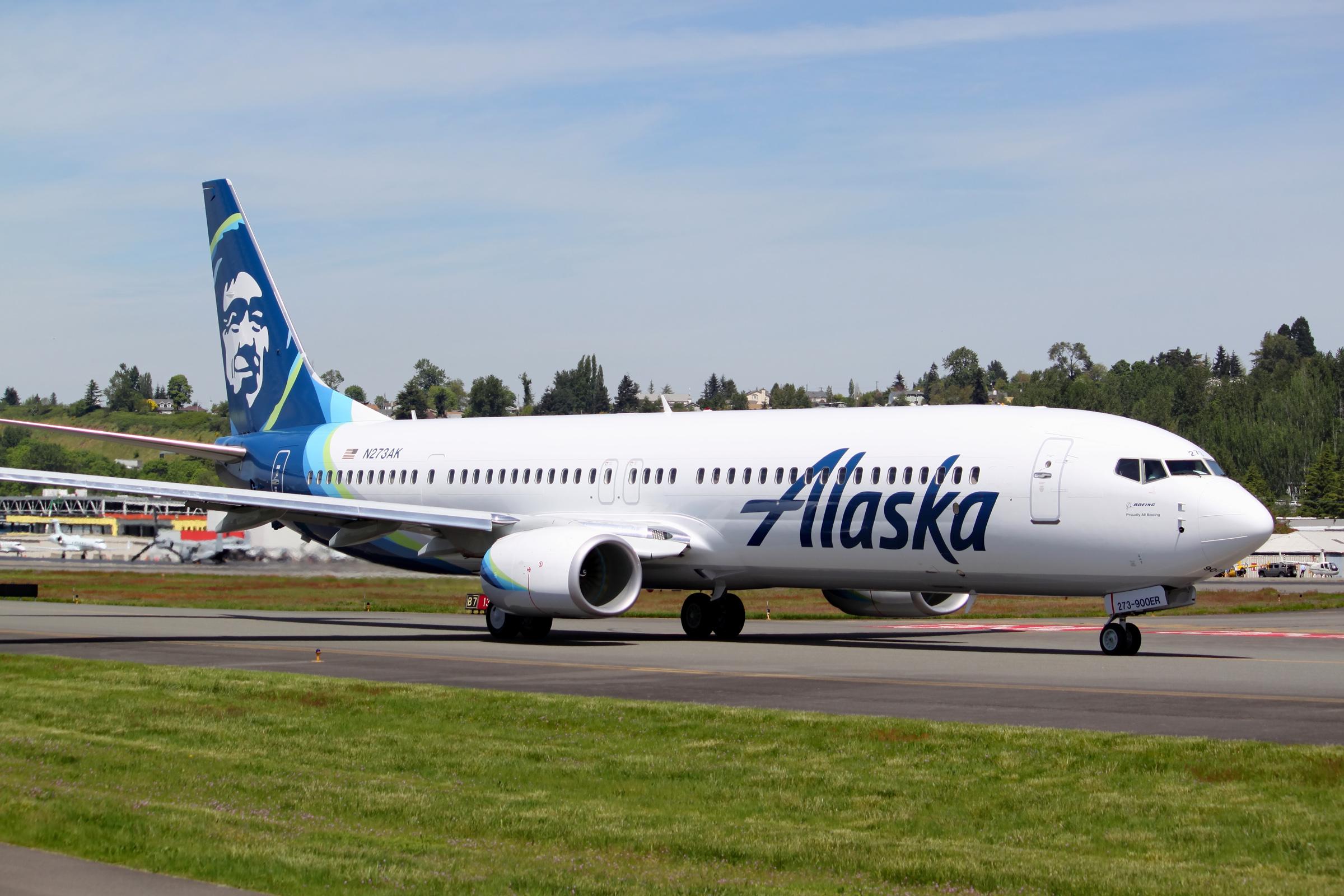
Even if OEMs and some major MROs are trying to keep maintenance innovation going, it is silly to pretend that the virus crisis has not thrown a major wrench in improving aircraft maintenance. For example, Alaska Airlines had issued RFPs and was ready to down-select vendors for a project to use inflight connectivity for aircraft health management (AHM) when the crisis hit, Bret Peyton explained to attendees of Global Connected Aircraft Cabin Chats. “Then AHM went on hold,” he noted.
The biggest problem was that sending aircraft data to the ground inflight over the Internet required buying and installing Aircraft Interface Devices on well over 200 aircraft, and that meant major capital expenditures upfront. Non-essential CAPEX is exactly what Alaska is trying to avoid.
The Alaska exec said he would love to have “a smart, 787-style aircraft telling maintainers everything.” But he has to work with earlier aircraft types.
Another challenge is that Alaska has not decided yet whether it will retain the mixed Boeing-Airbus fleet that resulted from the acquisition of Virgin America, or will return to an all-Boeing fleet. And ensuring network security for transmitting sensitive operating data is always “a hard slog,” Peyton says.
The health management project was only one of several inflight connectivity projects that Peyton subjected to a tough review when the financial impact of the virus was becoming clear. “We had a discussion of what order to gives things up as the ship sinks. We had to run a mini business case on every program, does it make sense, or should we put it on the back burner.”
The purpose of the exercise was not just halting some projects, but knowing what might be done when times are better. Peyton says he assumes his airline will survive, and it will still have to innovate. “If we don’t have innovations on a conveyor belt we will have a rut in future.”
One connectivity app on the flight deck was WSI’s weather app. Alaska kept that because it would not save any money by ending it. And it retained cabin connectivity to keep passengers happy, although it had to abort a planned upgrade of a hundred mainline aircraft from Gogo’s air-to-ground connection to satellite connection via 2ku. “Pre-COVID we were very aggressive with 2ku,” Peyton said. But regional subsidiary Horizon Air will keep its Embraer E175s on ATG.
A new app for route optimization would require some technical help from Gogo, but is low cost with some potential benefits in fuel, money and time, so it looks like Alaska will proceed with this app. “It’s still in the development phase,” Peyton said. “We will have to present a strong business case to move forward.”
On the backburner now is voice over Internet protocol for crews. This one is easy, but “low yield,” in Peyton’s view.
Sending quick access recorder (QAR) data to the ground over the Internet is also on the eventual to-do list. But Peyton cautioned this also requires agreement with pilot unions.





